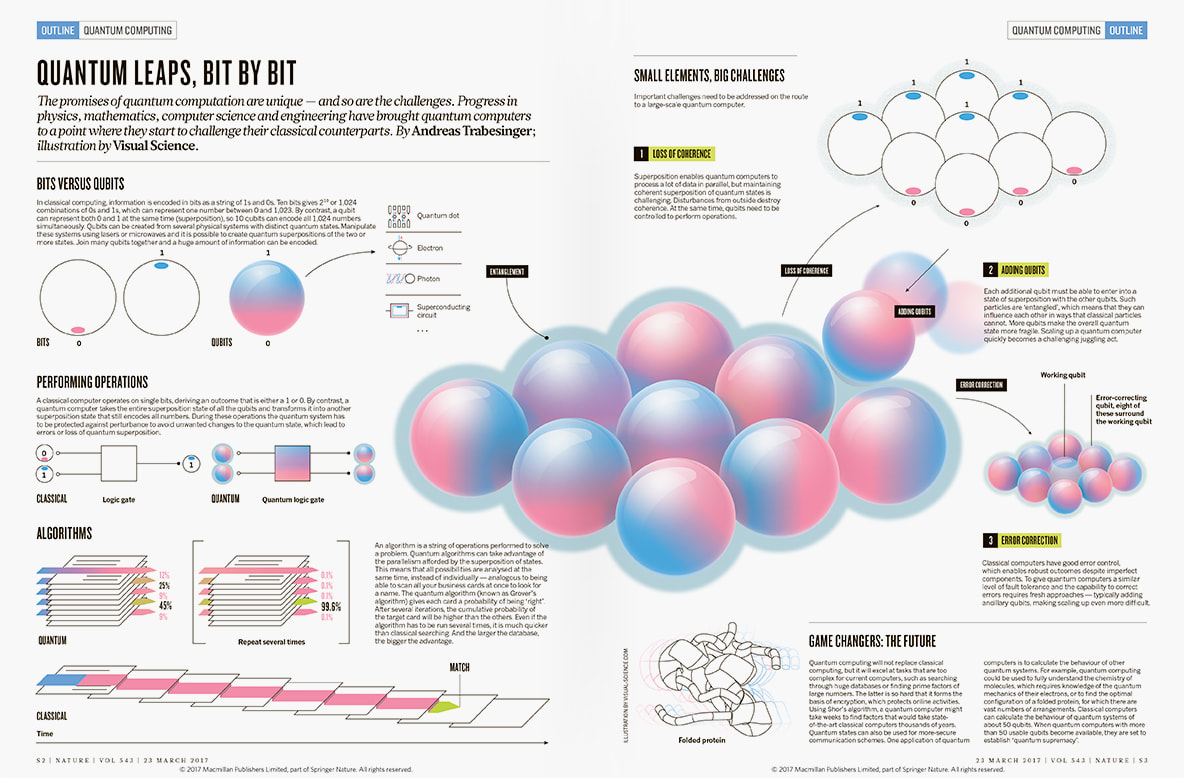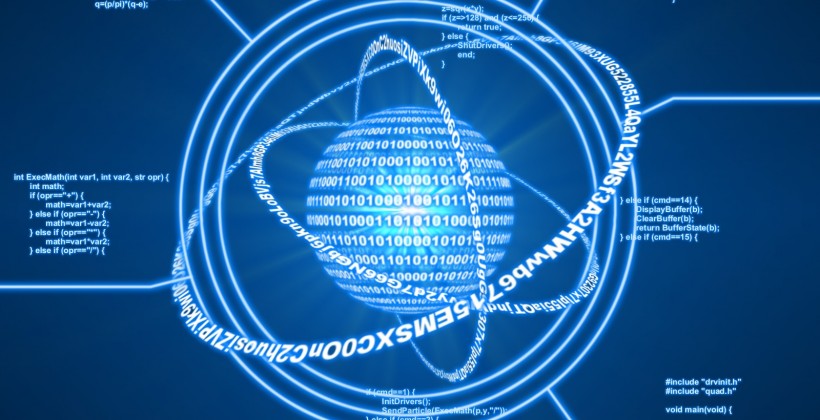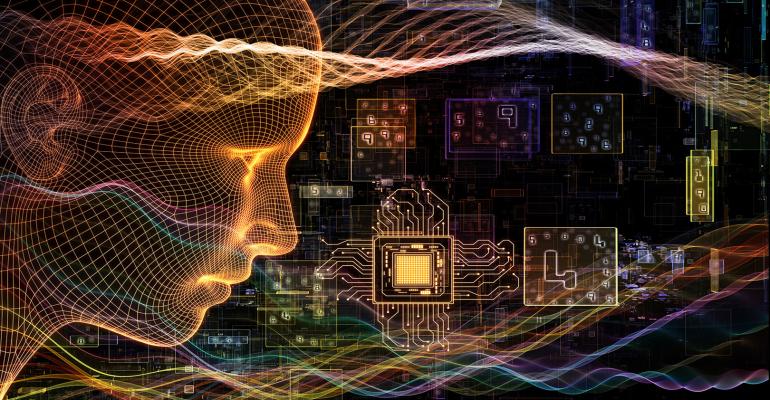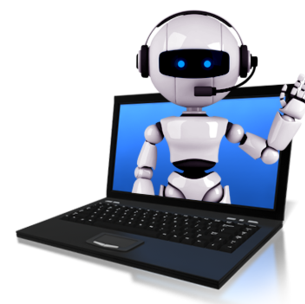Quantum computing, qubits and moreQuantum computers and quantum physics open the door to new analytic opportunities. This technology will expand applications of Artificial intelligence and and machine learning, enabling automation to take on human like properties. Current small scale applications are the forefront of this expanding area of experience. army adopters will gain significant competitive advantage. Time is running out
|
|
|



